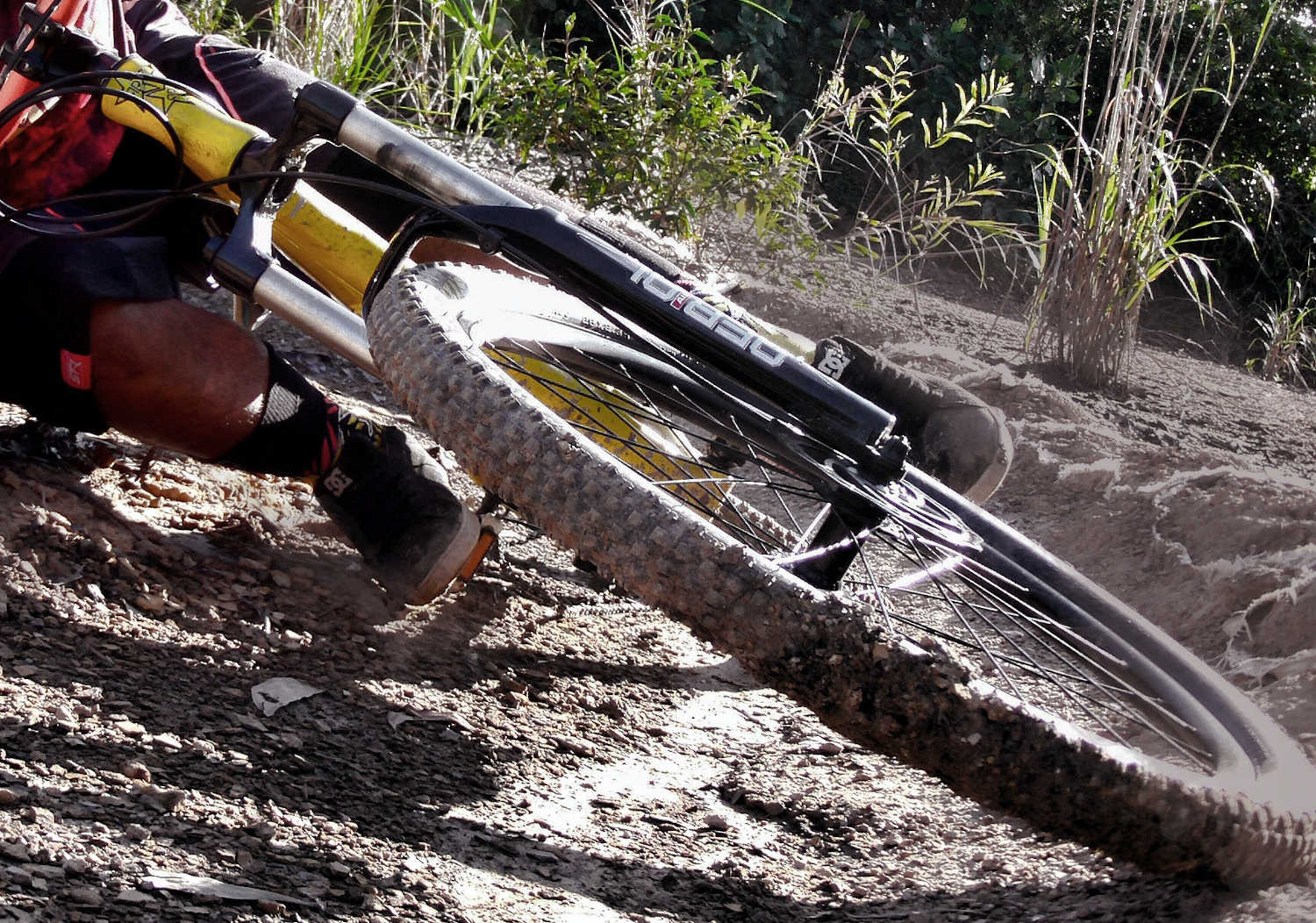When you start thinking about which MTB tires to use based on the terrain, it means that you’ve really started pedaling and doing off road. Because matching the tires to the type of surface you ride on is a combination that is often forgotten thinking that one tire is as good as another. Or that there’s no reason to change a tire if it’s new. Instead it is not so. because the rubber compound, tire width, knobs and other technical details can make the difference whether you ride on dry and compact terrain, muddy and cold terrain, stony and stony terrain or loose and soft terrain. It’s a bit like for the car, that there are winter and summer tyres, mud tires and ice tyres.
MTB tires according to the terrain: which ones to use
In this brief guide we will analyze more specifically which MTB tires to use based on the terrain, the reasons behind these choices and the considerations to make before figuring out which one. type of rubber address. The choice of tires is a very personal factor and it is not easy to give specific advice on the matter, but what must be kept in mind is that the tires of our MTB they are like shoes for our feet and vary according to the conditions in which we find ourselves.
We will therefore try to explain how to best deal with the various types of terrain, which in most cases require correct tire setting, or even the replacement with a more specific model for the type of route. Discover the surface-tyre combinations in the gallery.
Which MTB tires according to the terrain with mud and snow
No compromises here: there are more or less aggressive mud tires (they are also good on snow), but the substance is mainly the same. They are tires specifically designed for extreme situations; as you can guess their function is to claw the underlying ground, maintain good cornering by discharging the accumulated mud.
In some cases, mud rubber or not, it’s better to stay at home on the sofa with a nice hot tea and grandma’s biscuits, but if you really want to go out these covers really make the difference.
Tread
The tires must have a very pronounced and spaced knobs, usually of small sections: 1.8–2.0 for XC, 2.25 and up for gravity.
Section
The choice of section depends on the type of snow:
– with powder snow, a small section makes it easier to cut
– if the snow is heavy, an abundant section allows us to sink less.
Studded tires should only be used on compacted/packed snow and give advantages only in the presence of live ice, in all other conditions mud tires have a better performance.
Credits: me’nthedogs
Which MTB tires according to wet and muddy terrain
As with loose ground, these are situations that are easy to come across both in winter and in summer, when, for example, it rained a few days before: there is no “important” mud, but the soil, the roots and the stones in forest are still wet. Many localities have non-draining soils and, even in summer, the not particularly high temperatures do not allow rocks and roots to dry out completely.
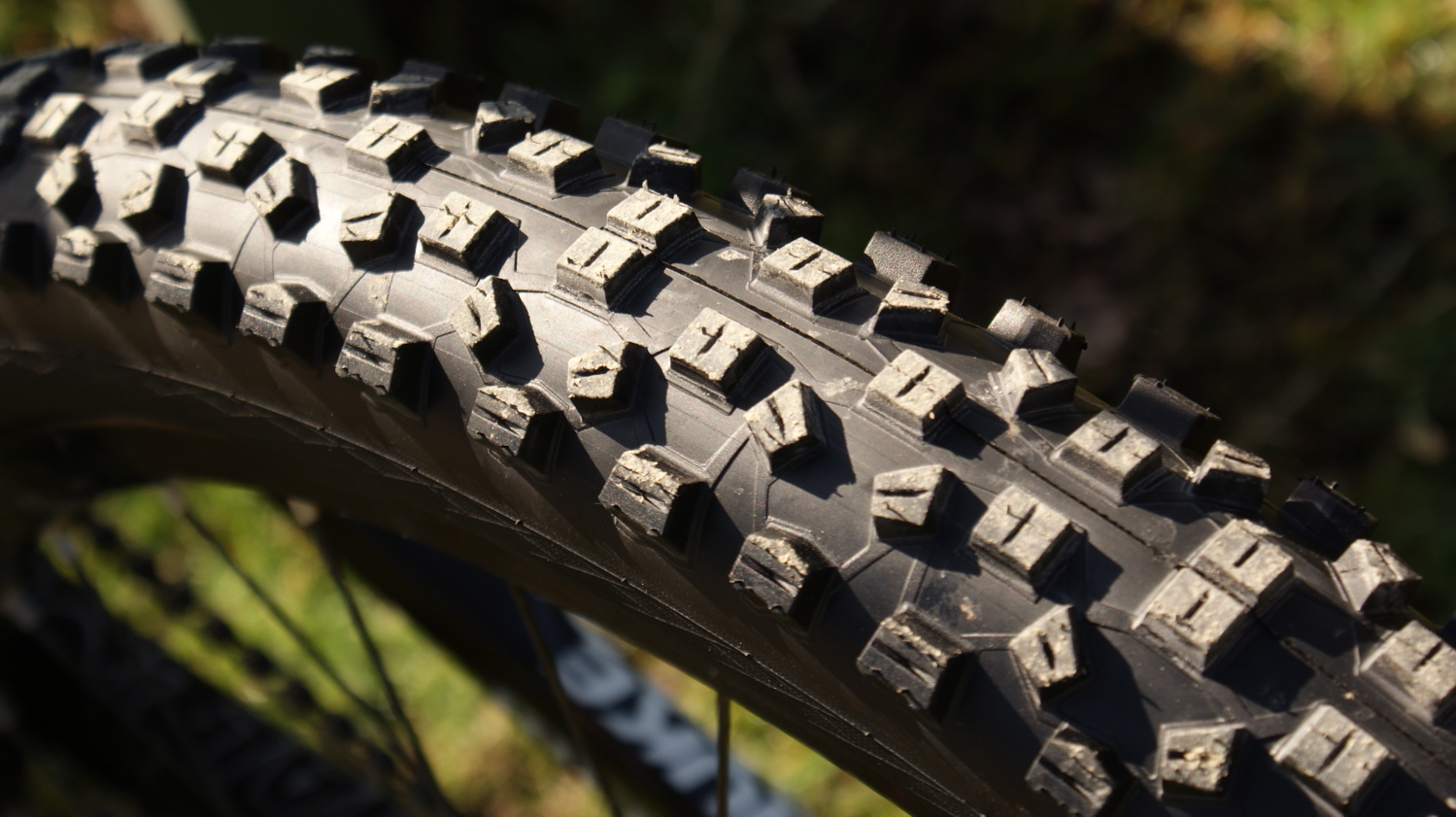
Section
Finding ourselves in a mixed scenario with slightly muddy wet terrain but with all the pitfalls of the case, the tire we are going to choose will have a normal section, 2.1 for XC, 2.35 or more for gravity uses.
Tread
The tessellation must be pronounced and not too close together, so as not to end up with the rubber covered in mush and therefore not very effective.
Mix
The choice will have to tend towards a soft compound which, even if it will make pedaling more tiring, allows us to have the necessary grip to face those more slippery points in which the tire must give maximum grip, to ensure that we have control even in the most critical situations.
What mountain bike tires on compact terrain
These are very common situations especially in summer, when, thanks to the mild weather and the days with little rain, the soil tends to dry out.
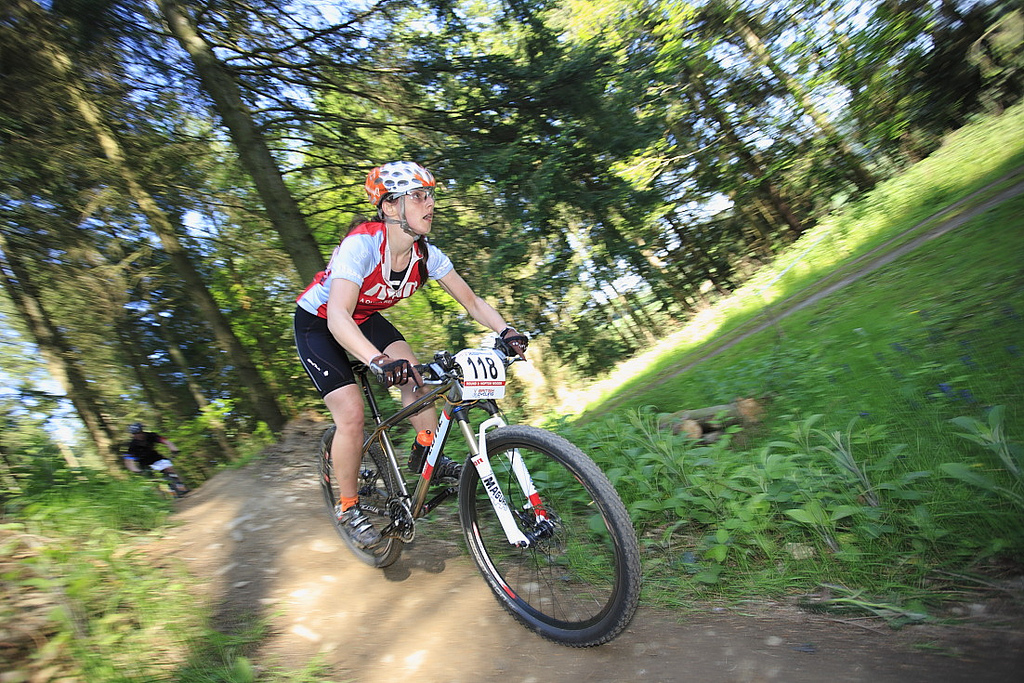
Tread
If the surface is particularly hard and consistent, a homogeneous and compact track is obtained, thus allowing the use of tires with closely spaced and not very pronounced knobs, to have the minimum of rolling resistance.
In Gravity disciplines it is important that the central tessellation is not too pronounced and the lateral one is accentuated and close enough. For XC, smoothness is favored and therefore we will have a denser and less pronounced tessellation on the whole tire, to uniform the friction created by the tire itself.
Section
Don’t exaggerate: 2.0-2.1 for XC up to a 2.35-2.50 for Gravity.
Carcass
No particular sturdiness requirements are required, so even light tires are fine, without particular shoulder reinforcements or a particularly thick carcass.
Credits: me’nthedogs
Which MTB tires on firm rock and/or gravel
This is the classic terrain that we can encounter in the high mountains, such as in the Alps for example. But even those who live in maritime areas often find themselves having to deal with terrains of this type; the lay of the land may vary from region to region. Surely our tires will have to deal with large stable rocks and more or less large gravel.
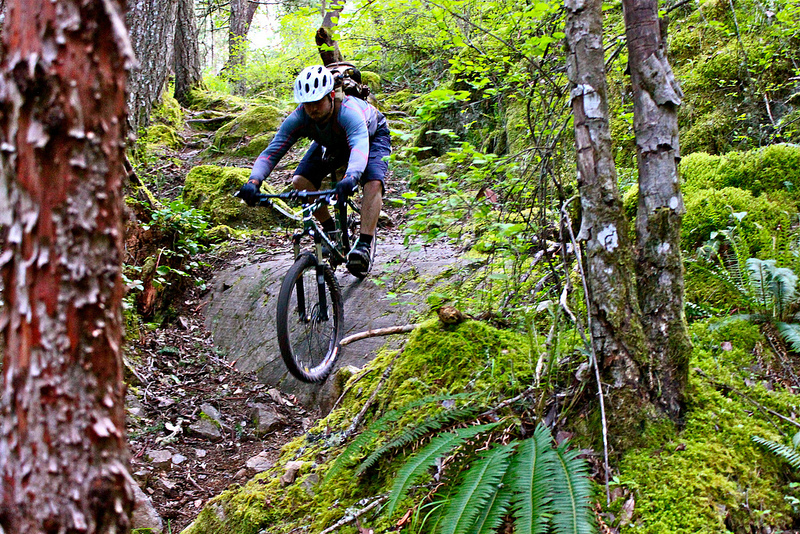
Mix
In this case, a softer compound can help increase grip and road holding, but you must be careful not to overdo it: a soft compound will certainly be more suited to the situation, but at the same time will have greater wear given the softness of the tire itself. and it will certainly be even more demanding to pedal.
Section
The section to be taken into consideration can be broadly the same as for loose terrain, 2.1-2.2 for XC and from 2.35 up for more Gravity use.
Carcass
In this case, the most important thing to rely on is robustness, so choosing tires with shoulder protection systems and a robust enough casing can really make the difference. There are tires on the market with more robust sidewalls precisely to avoid lacerations and even pinching if inner tubes are used.
Credits: vikapproved
MTB tires based on loose terrain
That is, gravel, sand, moist undergrowth soil, in situations common to all periods of the year depending on the regions and localities in which we find ourselves.
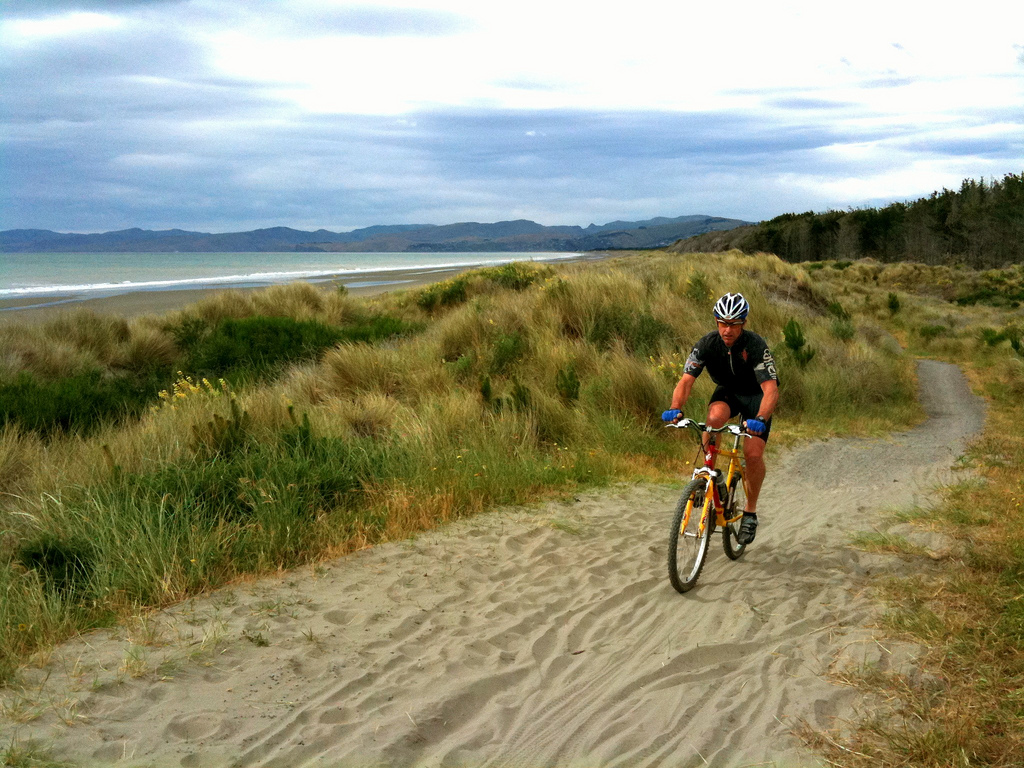
Tread
A tire with slightly more spaced and pronounced knobs will allow us to have more grip and to let the tire work without losing grip. The important thing is that the tire has a fairly pronounced and not too continuous lateral knob, especially at the front, so as to have maximum efficiency and be able to ensure excellent cornering grip.
Section
When cornering, a slightly more abundant section, especially if the terrain is particularly rocky (gravel, crushed stone), helps to further increase grip. For XC a 2.1 or even 2.2 front tire can be a correct choice, for Gravity use from 2.35 up.
Credits: trailsource.com
ParcoBici
We talk, breathe and live about bikes. Together with the Paso Lavoro Social Cooperative, ParcoBici is a cycle workshop, a meeting point for a group of people who share the same values and the same passion, a tool for the development of projects focused on the promotion of light mobility and local products.
Advertising
